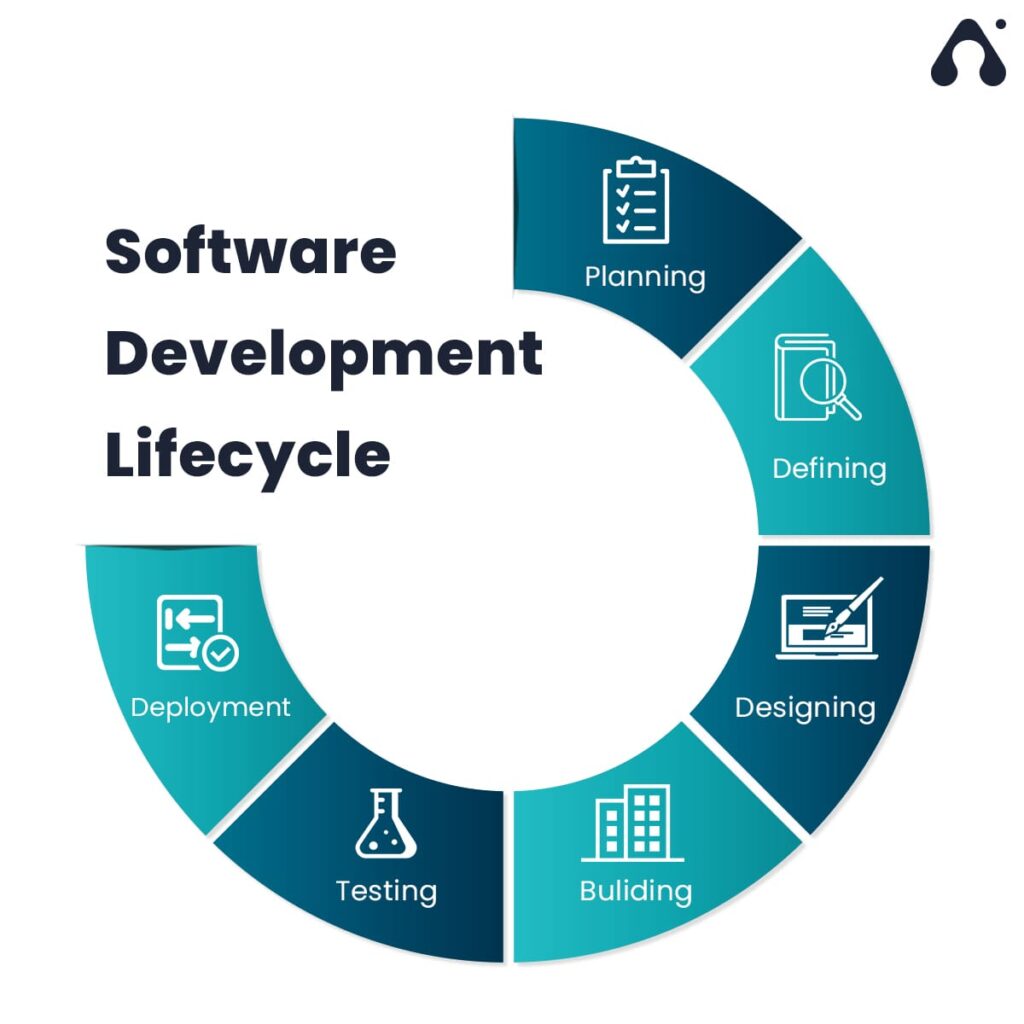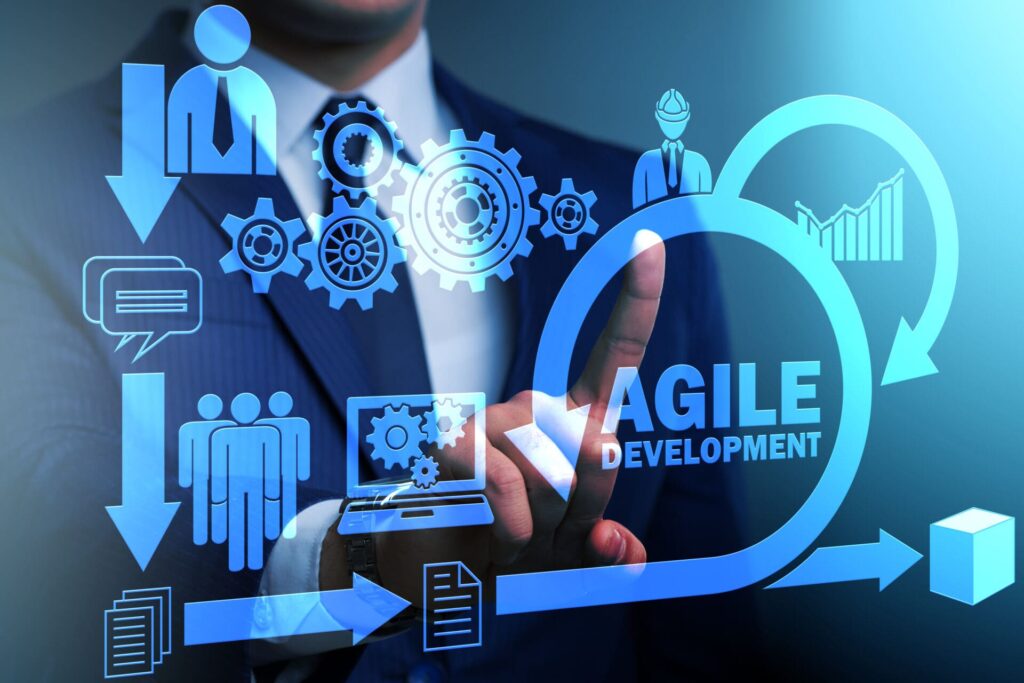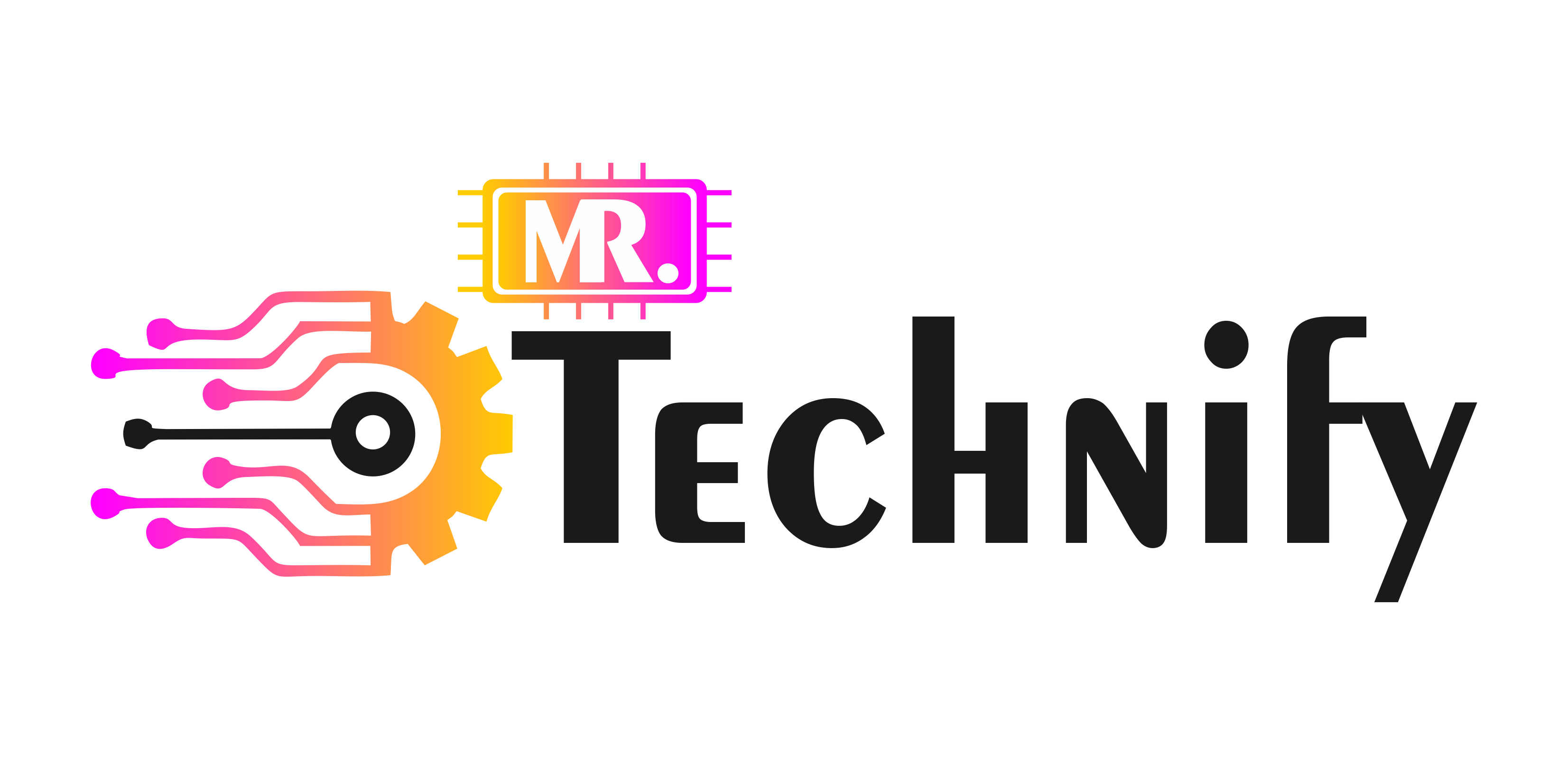Introduction to Software Development Life Cycle
-
What is Software Development Life Cycle?
Hey there, how did that nifty app on your phone or the software you use daily come into being? Well, thanks to the Software Development Life Cycle (SDLC). SDLC is a systematic process for planning, creating, testing, and deploying a software system. It’s essentially the birth-to-retirement journey of software.
-
Why is it Important?
You might think, “Why not just jump in and start building?” Think of SDLC as your software-building roadmap—it saves time, reduces risk, and ensures quality. With SDLC, you’ll know exactly what to do, how to do it, and what to expect. It’s your safety belt in the wild ride of software development.
Understanding the Phases of Software Development Life Cycle
-
Requirement Analysis
This is the “blueprint” phase. Like architects, developers collect all the necessary information from clients and end-users. They define what must be done, how it must be done, and who will execute the plan. It is comparable to preparing a shopping list before cooking.
-
Design
Now that we have a plan, we can start making things. In this phase, developers create a detailed software design based on the requirements. Think of it like piecing together a complex Lego set, bit by bit.
-
Implementation
This is where the action happens. The software is coded according to the design. All those lines of code start coming together to form functional software. It’s like watching a building rise from its foundations.
-
Testing
Before launching the software, it’s tested to iron out any bugs and ensure it meets the original requirements. It’s like the final quality check before a product hits the market.
-
Deployment and Maintenance
The program is finally prepared for public release! The trip does not, however, finish here. The software must
be updated and maintained regularly to remain effective. It’s like regular servicing for your car.
Models of Software Development Life Cycle
-
Waterfall Model
The Waterfall model is a linear, sequential approach. It’s like climbing down a waterfall—you have to go step by step, no skipping or jumping.
-
Agile Model
Agile is a popular, flexible model where requirements and solutions evolve through collaboration. It’s like building a puzzle—you can start from anywhere and adjust pieces.
-
V-Shaped Model
The V-Shaped model is an extension of the Waterfall model. It’s more detailed and rigorous. Imagine descending and ascending a ‘V’—each development stage has a corresponding testing stage.
-
Iterative Model
The Iterative model allows developers to take advantage of what they learn while developing earlier parts or versions of the system. It’s like a series of mini waterfalls.
Choosing the Right SDLC Model
-
Factors to Consider
The suitable model depends on project requirements, team expertise, client expectations, and timeline. It’s like choosing the right car—it depends on where you’re going, who’s going with you, and how fast you need to get there.
Challenges in the Software Development Life Cycle
-
Common Issues
Software development is only sometimes smooth sailing. Teams often face ambiguous requirements, scope creep, and technology constraints. But fear not! With the right strategy, these can be overcome.
-
Overcoming Challenges
A robust SDLC and a good project management strategy can help teams navigate these challenges. It’s like having a compass in the chaotic journey of software development.
Conclusion
In conclusion, Software Development Life Cycle is a robust framework that guides the journey from an idea to fully functional software. Whether a mobile app or a desktop application, the SD Life Cycle helps developers quickly and efficiently plan, design, build, test, and maintain software.
FAQs for Software Development Life Cycle
What are the different models of the SDLC?
Some standard models are Waterfall, Agile, V-shaped, and Iterative.
How long does the Software Development Life Cycle take?
The duration of the SDLC can vary widely depending on factors like project size, complexity, and the SDLC model used.
Who is involved in the Software Development Life Cycle?
Stakeholders include project managers, software developers, testers, end-users, and clients.
Can I skip a phase in the SDLC?
Each phase of the SDLC serves a critical function, so it's not recommended to skip any stage.
Rate our Article(Software Development Life Cycle: A Deep Dive)How much do you like our Article




